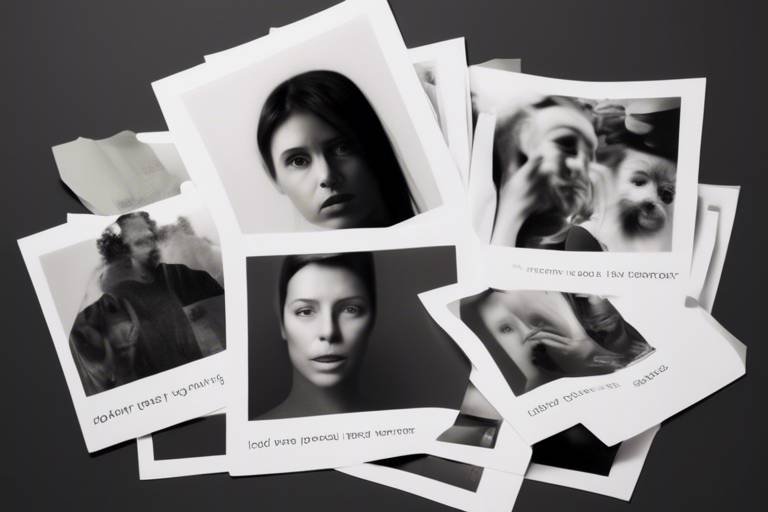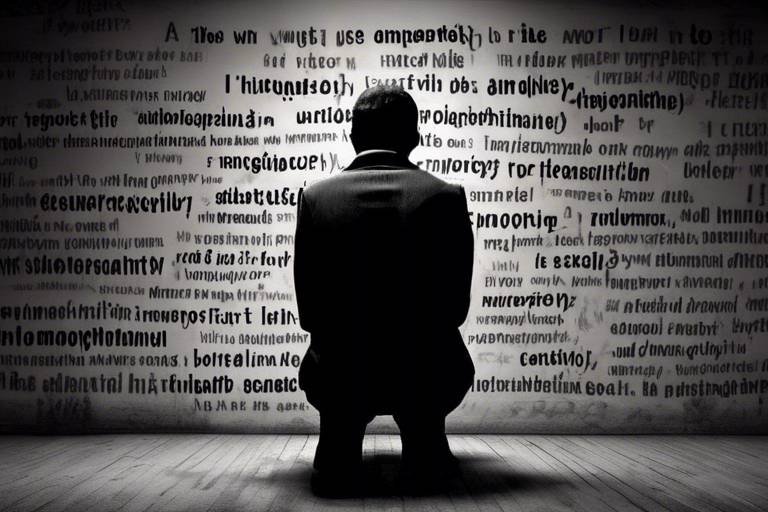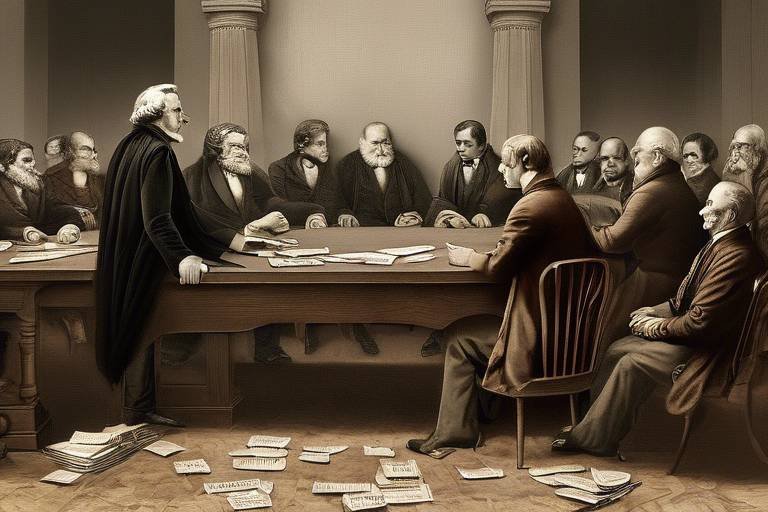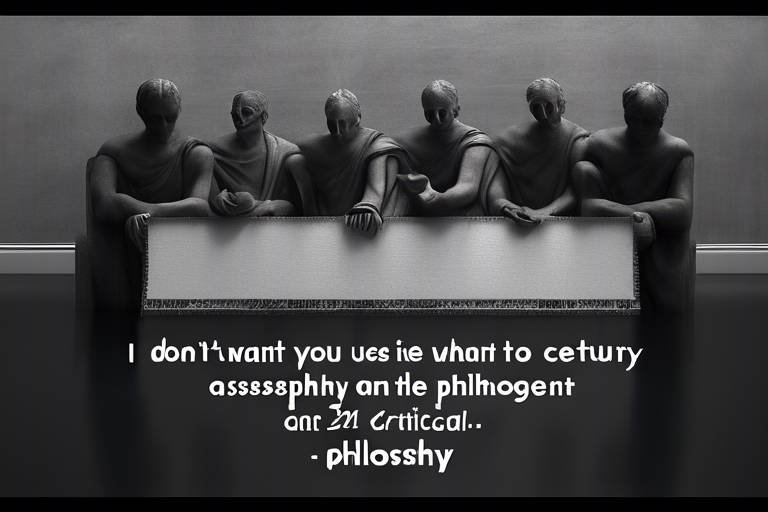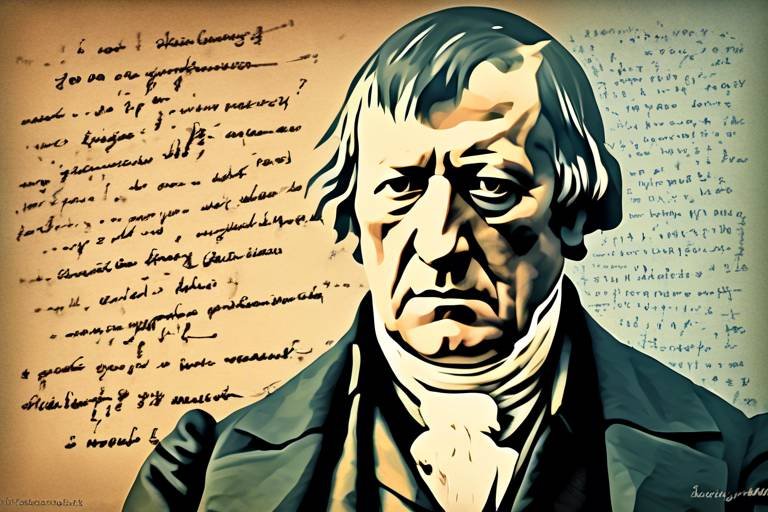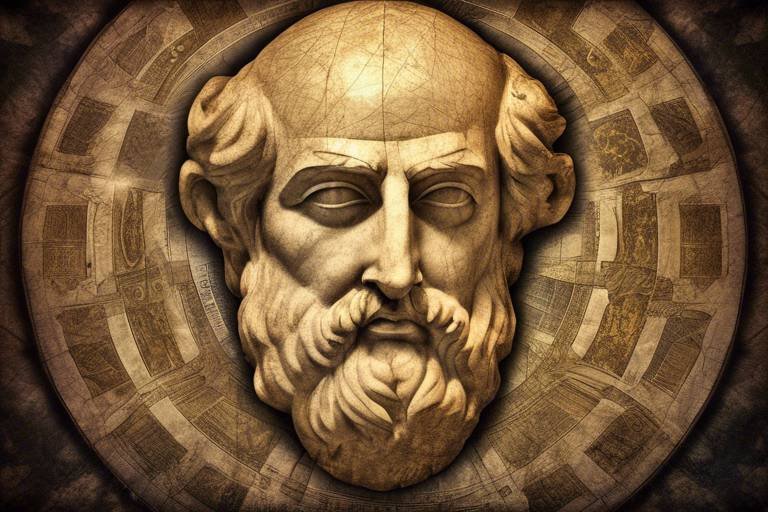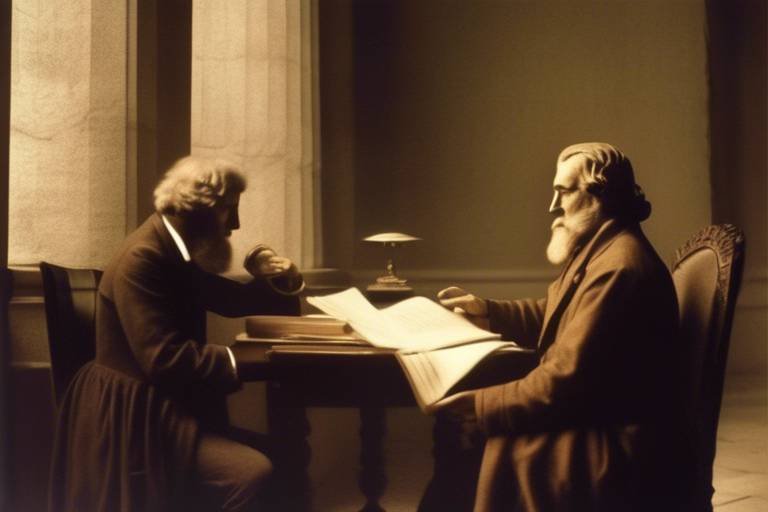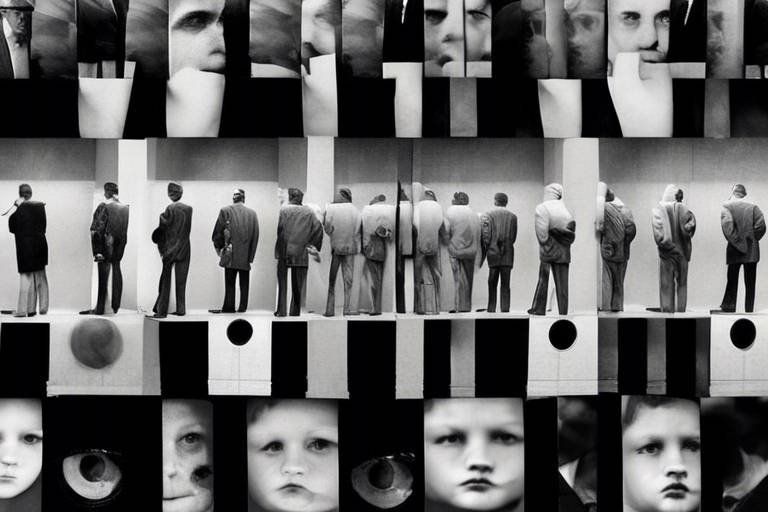Unpacking the Concept of Personal Identity
The concept of personal identity is as intricate as a spider's web, weaving together various threads of our existence into a cohesive narrative that defines who we are. At its core, personal identity is about understanding oneself over time, encompassing the beliefs, values, memories, and experiences that shape our self-perception. It's not merely about names or faces; it's about the essence of our being and how we relate to the world around us. Have you ever wondered what makes you, you? Is it your memories, your experiences, or perhaps the cultural context in which you were raised? These questions delve deep into the philosophical, psychological, and sociocultural dimensions of personal identity.
As we navigate through life, we accumulate a tapestry of experiences that contribute to our identity. Each thread represents a moment, an interaction, or a belief that influences how we see ourselves. This journey of self-discovery is not just solitary; it’s also shaped by our interactions with others and the societal norms we encounter. Think of personal identity as a dynamic puzzle—each piece fitting together to create a complete picture of who we are. Yet, this picture is not static; it evolves as we grow, learn, and adapt to new circumstances.
In this article, we will explore the multifaceted nature of personal identity, examining its various dimensions and implications. From the philosophical foundations that question the essence of self to the psychological perspectives that highlight the role of memory and social interaction, we will uncover how personal identity is constructed and reconstructed throughout our lives. Moreover, we will delve into the cultural influences that shape our identity, particularly in an increasingly globalized world where diverse perspectives collide and intermingle.
Understanding personal identity is crucial not only for self-awareness but also for fostering meaningful relationships with others. When we grasp the complexities of our identity, we can better appreciate the identities of those around us. This mutual recognition can lead to deeper connections, empathy, and understanding in our interpersonal relationships. So, as we embark on this exploration of personal identity, let's keep an open mind and consider how our unique experiences and cultural backgrounds contribute to the rich tapestry of human existence.
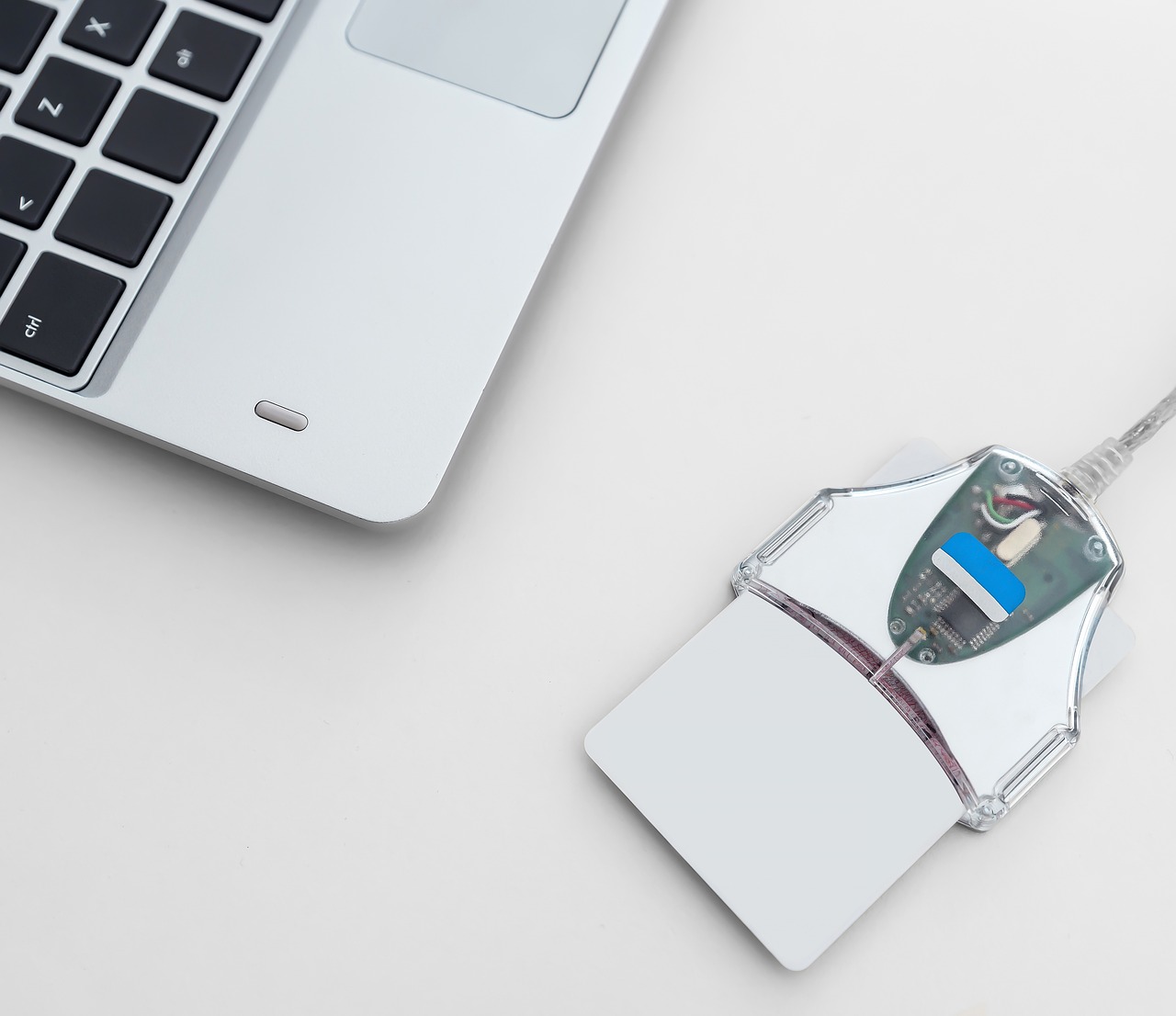
The Philosophical Foundations of Personal Identity
When we dive into the philosophical foundations of personal identity, we find ourselves navigating a complex landscape of questions that have puzzled thinkers for centuries. What does it truly mean to be "oneself" over time? This inquiry isn't just an intellectual exercise; it strikes at the very core of our existence. Imagine for a moment that you are a ship sailing across the vast ocean of life. Each wave represents a new experience, and each port you dock at symbolizes a phase in your journey. But the question lingers: is it still the same ship when all the planks have been replaced? This metaphor encapsulates some of the key theories surrounding personal identity, particularly those of psychological continuity and bodily continuity.
Philosophers like John Locke and David Hume have contributed significantly to our understanding of identity. Locke proposed that personal identity is rooted in memory and consciousness, suggesting that as long as we can remember our past experiences, we remain the same person. In contrast, Hume challenged this notion by arguing that there is no permanent self; instead, our identities are a collection of fleeting impressions and experiences. This divergence of thought sets the stage for ongoing debates about what constitutes our identity.
To add another layer, consider the theory of bodily continuity, which posits that our physical body is integral to our identity. This perspective suggests that as long as our body remains intact, we maintain our identity, regardless of the changes in our memories or consciousness. However, this raises intriguing questions: What happens if our bodies undergo significant changes? Think about it—if you were to lose a limb or undergo a major transformation, would you still feel like the same person? This dilemma is a classic philosophical puzzle that illustrates the tension between the mind and the body in discussions of identity.
Moreover, the concept of personal identity is not just a solitary affair; it is deeply intertwined with the social fabric of our lives. Our relationships, cultural backgrounds, and societal roles contribute to our self-perception and, ultimately, our identity. The interplay between individual and collective identity creates a rich tapestry that defines who we are. Just as a thread in a tapestry is essential to the overall design, our unique experiences and connections shape our understanding of ourselves in profound ways.
In summary, the philosophical foundations of personal identity invite us to reflect on our existence through various lenses. Whether we lean towards psychological continuity, bodily continuity, or a blend of both, the quest for understanding our identity remains a deeply personal and philosophical journey. As we continue to explore these themes, we uncover not only the essence of who we are but also the intricate web of connections that bind us to others.
- What is personal identity? Personal identity refers to the qualities, beliefs, personality, and characteristics that make an individual distinct over time.
- How does memory influence personal identity? Memory plays a crucial role by linking past experiences to our present self, shaping our beliefs and values.
- What are the main theories of personal identity? The main theories include psychological continuity, which emphasizes memory and consciousness, and bodily continuity, which focuses on the physical body.
- Can personal identity change over time? Yes, personal identity can evolve due to new experiences, relationships, and changes in beliefs or values.
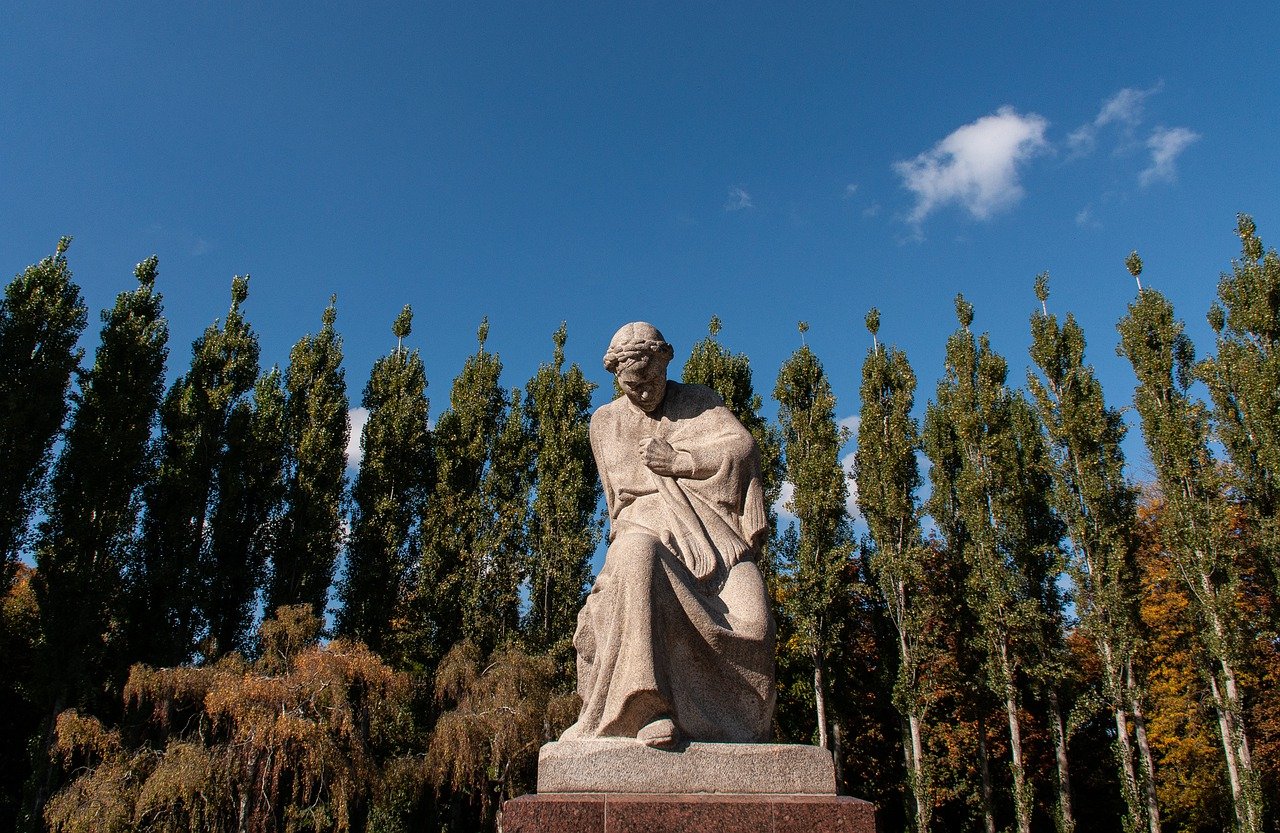
The Role of Memory in Identity
Memory is like the glue that holds our identity together, connecting the dots of our past experiences to our present selves. Imagine your life as a vast tapestry woven from countless threads of memories; each thread represents a unique experience, emotion, or lesson learned. Without memory, this tapestry would unravel, leaving us with a fragmented sense of who we are. Our beliefs, values, and overall sense of self are profoundly shaped by the memories we carry with us.
Consider how your memories influence your daily decisions and interactions. When faced with a choice, you often draw upon past experiences to guide you. For instance, if you once tried a new dish that you loved, you're likely to order it again. This is memory at work, subtly steering your identity and choices based on what you've learned and experienced. It's fascinating to think about how our memories create a sense of continuity in our lives, allowing us to maintain a coherent self-image over time.
Memory isn't a one-size-fits-all concept; it comes in various forms, each contributing uniquely to our identity. Two primary types of memory that play a significant role in shaping who we are are episodic memory and semantic memory. Episodic memory refers to the recollection of specific events from our lives—like your first day at school or a family vacation. These memories are often rich with emotion and detail, anchoring us to our personal history.
On the other hand, semantic memory encompasses the general knowledge we acquire over time, such as facts, concepts, and meanings. This type of memory helps us navigate the world, understand social norms, and build our identity through shared knowledge. Together, these types of memory create a comprehensive picture of who we are, blending personal experiences with collective understanding.
It's essential to recognize the interplay between personal and collective memory in shaping our identity. Personal memories are deeply individual, defining our unique experiences and perspectives. However, collective memory—the shared pool of memories within a community or culture—also plays a crucial role in how we see ourselves. For instance, national holidays, cultural traditions, and shared historical events contribute to a sense of belonging and identity within a larger group.
This dynamic relationship can lead to a rich tapestry of identity, where personal experiences intersect with collective narratives. Think about how your family’s stories influence your understanding of your heritage. They provide context, meaning, and a framework for your identity, showing that we are not just shaped by our own memories but also by the memories of those around us.
However, memory is not infallible. It can be as slippery as a fish, with distortions and forgetfulness often altering our self-perception. Have you ever recalled an event differently than someone else? This discrepancy highlights how memory can be subjective, influenced by emotions, biases, and the passage of time. Such fallibility can challenge the consistency of our personal narrative, making us question the very foundations of our identity.
As we navigate life, our memories might fade or become embellished, leading us to reconstruct our past in ways that may not align with reality. This reconstruction can create a sense of confusion about who we are, especially when our memories clash with the memories of others. Embracing the complexity of memory allows us to understand that our identity is not just a fixed entity but rather a fluid and evolving narrative shaped by both personal experiences and collective influences.
- How does memory influence our identity? Memory connects our past experiences to our present self, shaping our beliefs, values, and sense of continuity.
- What are the types of memory that impact identity? The two primary types are episodic memory, which relates to personal experiences, and semantic memory, which encompasses general knowledge.
- Can memory be unreliable? Yes, memory can be fallible, leading to distortions and inconsistencies in how we perceive our past and, consequently, our identity.
- How do personal and collective memories interact? Personal memories define individual identity, while collective memories influence group identity, creating a rich tapestry of self-perception.

Types of Memory and Their Impact
Memory is like a vast library where every experience, emotion, and thought is cataloged and stored. It plays a pivotal role in shaping our identity, acting as the bridge that connects our past, present, and future. When we talk about memory, we often refer to two primary types: episodic memory and semantic memory. Each type contributes uniquely to our understanding of who we are and how we relate to the world around us.
Episodic memory is the treasure trove of personal experiences. It encompasses the specific events that have occurred in our lives—like that unforgettable birthday party when you turned ten or the moment you graduated from college. These memories are rich in detail and emotion, allowing us to relive those moments as if they were happening all over again. They not only shape our self-perception but also influence our future decisions and behaviors. For instance, if you remember a time when you succeeded at something, that feeling of accomplishment can motivate you to tackle new challenges.
On the other hand, semantic memory is more about the facts and concepts we've learned over time. It includes our knowledge of the world, such as understanding what a dog is or knowing the capital of France. While episodic memory is personal and specific, semantic memory is more generalized and abstract. This type of memory helps us navigate daily life, providing the context needed to make sense of our experiences. For example, when you hear a word, your semantic memory helps you understand its meaning based on your prior knowledge, which in turn shapes how you communicate and interact with others.
Both types of memory are interconnected and essential for a cohesive sense of self. They create a narrative that we tell ourselves about who we are. Our personal memories inform our identity on an individual level, while collective memories—shared experiences and stories within a community—help shape our group identity. This interplay is crucial; it’s like the threads of a tapestry, each thread representing a different memory that, when woven together, creates a larger picture of our identity.
However, it's vital to recognize that memory is not infallible. Our recollections can be influenced by various factors, including emotions, biases, and even the passage of time. This fallibility can distort our self-perception and challenge the consistency of our personal narrative. For instance, have you ever found yourself remembering an event differently than a friend who was there? This discrepancy highlights how memory can be subjective, leading us to question the reliability of our own experiences.
In summary, understanding the types of memory and their impact on our identity is essential for self-awareness. By recognizing the roles of episodic and semantic memory, we can appreciate how our past experiences shape our present selves and influence our future. Memory is not just a record of what has happened; it is a living part of who we are, continuously evolving as we grow and change.
- What is the difference between episodic and semantic memory?
Episodic memory refers to personal experiences and specific events, while semantic memory is about general knowledge and facts. - How does memory influence our identity?
Memory shapes our self-perception and informs our beliefs, values, and behaviors, creating a narrative of who we are. - Can memories change over time?
Yes, memories can be influenced by emotions and new experiences, leading to potential distortions in how we recall events.

Personal Memories vs. Collective Memory
When we think about memory, it’s easy to get lost in the labyrinth of our own experiences. Personal memories are like the threads of a tapestry, weaving together the unique fabric of our lives. These memories are intimate snapshots of our experiences, emotions, and relationships. They shape how we see ourselves and define our individual identity. For instance, remember that first day at school or the moment you achieved a personal milestone? These memories are the building blocks of who we are, providing a sense of continuity and coherence in our personal narrative.
On the flip side, we have collective memory, which is a fascinating phenomenon that transcends individual experiences. Think of it as the shared library of a community or society, where stories, events, and cultural references are passed down through generations. Collective memory influences how groups perceive themselves, often creating a sense of belonging and shared identity. For example, national holidays, historical events, and cultural traditions are all part of this collective narrative. They shape our understanding of who we are in relation to others, forming a bridge between past and present.
The interplay between personal and collective memory is intriguing. Personal memories can be influenced by collective narratives, and vice versa. For example, an individual’s recollection of a historical event may be colored by the stories told in their community. Similarly, collective memory can be enriched by the personal experiences of its members. This dynamic relationship highlights the complexity of identity formation, where personal and collective memories dance together, shaping our understanding of ourselves and our place in the world.
However, it’s essential to recognize that both types of memory are not infallible. Personal memories can be distorted, and collective memories can be selectively remembered or forgotten. This fallibility raises questions about the reliability of our identities. How much of who we think we are is shaped by accurate memories, and how much is influenced by the narratives we adopt from our communities? It’s a thought-provoking dilemma that invites us to reflect on the very essence of our identity.
In summary, personal memories and collective memory are two sides of the same coin. They interact in profound ways, shaping our individual identities while also contributing to the broader tapestry of societal understanding. Recognizing this interplay can deepen our appreciation for the complexity of identity and the stories that define us.
- What is the difference between personal memory and collective memory? Personal memory refers to individual experiences and recollections, while collective memory encompasses shared experiences and narratives within a community or society.
- How do personal memories shape our identity? Personal memories provide continuity and context, influencing our beliefs, values, and self-perception.
- Can collective memory change over time? Yes, collective memory can evolve as societal values and perspectives shift, leading to new interpretations of shared experiences.

The Fallibility of Memory
Memory is often viewed as a reliable archive of our past, a repository that shapes our personal narrative and helps us understand who we are. However, the reality is far more complex. Memory is not a perfect recording; instead, it is a dynamic and sometimes unreliable process. Have you ever found yourself recalling an event only to realize later that your version of the story doesn't quite match up with someone else's? This phenomenon highlights the inherent fallibility of memory and how it can distort our perception of self.
One of the primary reasons memory is fallible is due to the way our brains process and store information. When we experience something, our brain encodes it, but this process is influenced by various factors, including our emotions, biases, and the context in which the memory is formed. For instance, under stress, our brains might prioritize certain details while overlooking others, leading to a skewed recollection of events. Moreover, memories can be reconstructed over time, which means they can change based on new experiences or information. This reconstruction can lead to inaccuracies that may challenge our understanding of our own identity.
Additionally, the concept of memory distortion plays a significant role in how we perceive our past. Studies have shown that memories can be influenced by suggestions or misinformation. For example, if someone tells you a different version of an event you both attended, you might unconsciously adjust your own memory to align with theirs. This is often referred to as the misinformation effect, and it underscores the fragility of our memories. It's a bit like a game of telephone, where the original message gets altered as it passes from person to person.
Furthermore, forgetting is a natural part of the memory process. As time passes, we may forget certain details or even entire events, which can create gaps in our personal history. These gaps can lead to a fragmented sense of identity, as we struggle to piece together who we are based on incomplete recollections. It's like trying to solve a jigsaw puzzle with missing pieces; the picture remains unclear, and our understanding of ourselves becomes tenuous.
To illustrate the complexity of memory, consider the following table that outlines some common factors influencing memory fallibility:
| Factor | Description |
|---|---|
| Stress | Can enhance memory for certain details while impairing others. |
| Emotional State | Strong emotions can distort how we remember events. |
| Social Influence | Conversations and interactions can alter our recollections. |
| Time | Memories can fade or change over time, leading to inaccuracies. |
In conclusion, the fallibility of memory poses significant implications for our identity. As we navigate through life, our memories shape our beliefs, values, and self-perception. However, recognizing that our memories are not infallible can help us approach our past with a degree of humility and openness. Just as a painter might reinterpret a landscape over time, we too can reassess our memories and the identities they create. So, the next time you find yourself reflecting on who you are, remember: your memories are merely pieces of a larger, ever-evolving puzzle.
- What is memory distortion? Memory distortion refers to the inaccuracies that can occur in our recollections due to various influences, such as suggestions or misinformation.
- How does stress affect memory? Stress can enhance certain details while impairing others, leading to a skewed version of events.
- Can memories change over time? Yes, memories can change as they are reconstructed based on new experiences or information.
- What role does forgetting play in our identity? Forgetting can create gaps in our personal history, leading to a fragmented sense of identity.

Psychological Perspectives on Identity
When we dive into the , we’re stepping into a vibrant tapestry woven from threads of development, personality, and social interaction. Each of these elements plays a pivotal role in shaping who we are, almost like the ingredients in a recipe that come together to create a unique dish. Think about it: just as no two recipes are exactly alike, no two identities are either. Our personal journeys, influenced by various psychological theories, offer a fascinating lens through which we can examine our sense of self.
One of the most significant theories in this realm is Erik Erikson's psychosocial development theory. Erikson proposed that our identity evolves through a series of stages, each marked by a specific conflict that must be resolved. For instance, during adolescence, individuals grapple with the challenge of identity vs. role confusion. This stage is crucial as it sets the foundation for how we perceive ourselves and our roles in society. Successfully navigating this stage can lead to a strong sense of self, while failure may result in confusion and uncertainty about one's identity.
Another influential perspective comes from social psychology, which emphasizes the importance of social interactions in shaping our identities. Our sense of self is often constructed in relation to others; we are, in many ways, reflections of our social environments. This is where concepts like social identity theory come into play, suggesting that we derive part of our identity from the groups we belong to. Whether it’s our family, friends, or even larger communities, these affiliations contribute significantly to our self-concept. For example, consider how being part of a sports team or a cultural group can enhance feelings of belonging and identity.
Furthermore, the role of personality cannot be overlooked. Psychological theories such as the Big Five personality traits model provide insight into how our inherent characteristics influence our identity. Traits like openness, conscientiousness, and extraversion can shape our experiences and interactions, ultimately affecting how we see ourselves and how others perceive us. For instance, someone high in openness may embrace diverse experiences and cultures, leading to a more fluid and adaptable identity.
In addition to these theories, the concept of narrative identity has gained traction, suggesting that we construct our identities through the stories we tell about ourselves. This narrative approach emphasizes the importance of personal experiences and memories in shaping our identities. Just like a book with chapters, our lives are composed of various stories that contribute to our overall sense of self. These narratives can evolve over time, reflecting changes in our beliefs and experiences, which is why it’s essential to acknowledge that identity is not static but rather a dynamic process.
As we explore these psychological perspectives, it’s crucial to recognize that identity is a multifaceted phenomenon. It’s influenced by a myriad of factors, including our upbringing, experiences, and the societal context in which we live. Understanding these perspectives not only enriches our self-awareness but also enhances our ability to empathize with others as we navigate the complex landscape of personal identity.
- What is personal identity? Personal identity refers to the unique characteristics and qualities that define an individual, including their beliefs, values, and experiences.
- How does memory affect personal identity? Memory connects our past experiences with our present self, shaping our beliefs and sense of continuity over time.
- What role do social interactions play in identity formation? Social interactions help shape our identities by influencing how we see ourselves in relation to others and the groups we belong to.
- Can identity change over time? Yes, identity is dynamic and can evolve based on new experiences, relationships, and personal growth.
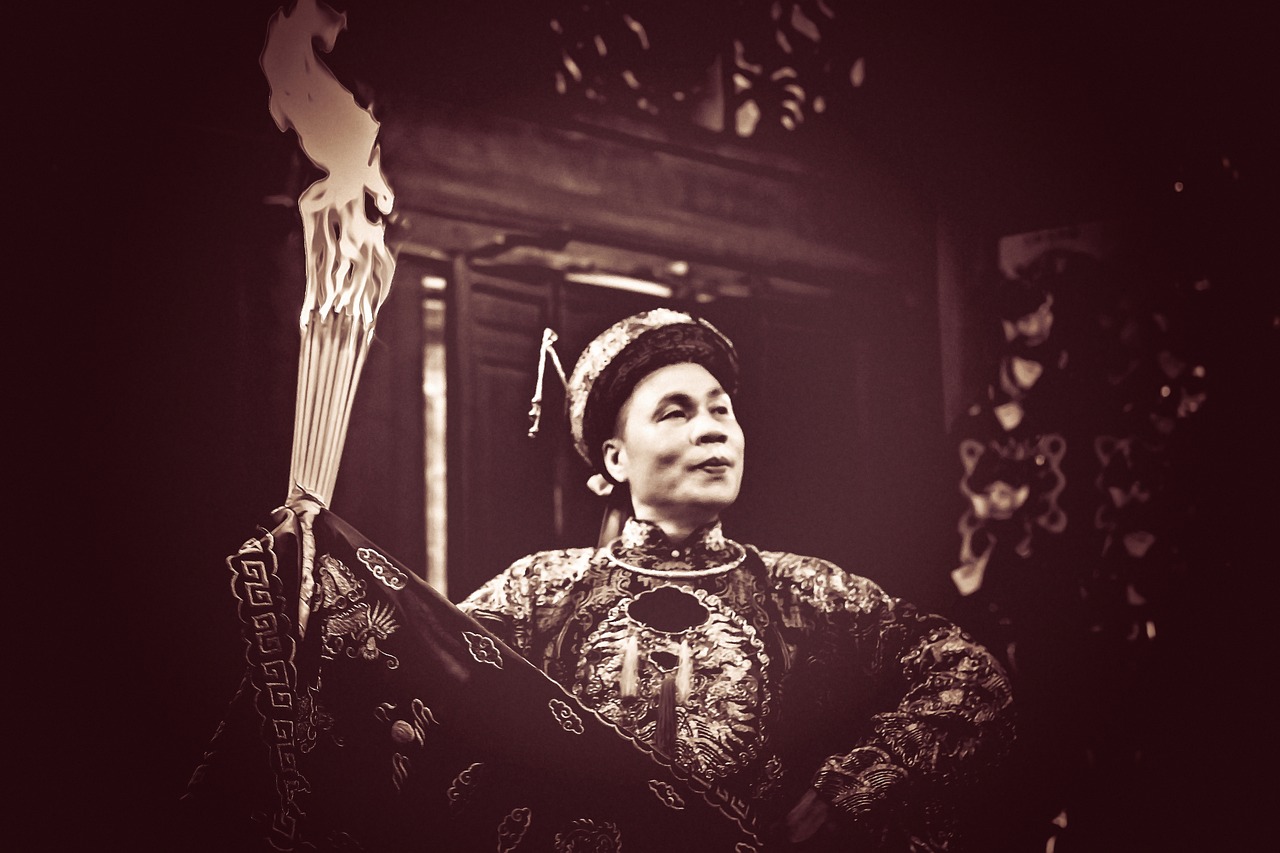
Cultural Influences on Personal Identity
The tapestry of our personal identity is intricately woven with the threads of culture, making it a vital aspect of who we are. Culture, in its myriad forms, shapes our beliefs, values, and behaviors, acting as a lens through which we view the world and ourselves. Think about it: when you meet someone, their cultural background often influences your first impressions and interactions. It's like wearing a pair of glasses tinted by experiences, traditions, and societal norms. This cultural lens not only colors our perceptions but also informs our sense of belonging and identity.
One of the most profound ways culture influences personal identity is through social norms. These unwritten rules dictate how we behave in various situations, from how we dress to how we communicate. For instance, in some cultures, collectivism is emphasized, where the needs of the group take precedence over individual desires. In contrast, other cultures celebrate individualism, promoting personal achievement and self-expression. This cultural dichotomy can lead to a rich diversity of identities, each shaped by the unique social fabric of their environment.
Additionally, cultural traditions and rituals play a significant role in forming our identities. They provide a sense of continuity and connection to our heritage, often influencing major life events such as weddings, graduations, and rites of passage. These rituals can foster a sense of belonging, reinforcing our ties to family and community. For example, consider how different cultures celebrate New Year's Eve: from fireworks and parties to quiet family gatherings, these traditions shape our collective identity and personal experiences, creating lasting memories that contribute to our sense of self.
The impact of culture on identity is not static; it evolves over time and can be influenced by external factors, such as globalization. As the world becomes increasingly interconnected, individuals often find themselves navigating multiple cultural identities. This phenomenon can lead to the emergence of hybrid identities, where people blend elements from various cultures to create a unique sense of self. It’s like being a cultural chameleon, adapting to different environments while retaining core aspects of one’s identity. This blending can enrich personal identity, offering new perspectives and experiences, but it can also create challenges in terms of belonging and acceptance.
Furthermore, the role of media and technology in shaping cultural identity cannot be overlooked. Social media platforms, for instance, have become powerful tools for self-expression and identity construction. They allow individuals to showcase their cultural backgrounds, share experiences, and connect with others across the globe. However, this visibility can also lead to pressures regarding authenticity and self-presentation. The curated nature of social media can sometimes distort the reality of our identities, prompting questions about who we truly are versus who we portray ourselves to be.
In conclusion, cultural influences on personal identity are profound and multifaceted. They shape our beliefs, behaviors, and sense of belonging, creating a rich tapestry that defines who we are. Understanding this interplay can enhance our self-awareness and foster greater empathy towards others, as we recognize the diverse cultural backgrounds that contribute to the human experience. As we navigate our identities in an ever-changing world, embracing the complexity of cultural influences can lead to a deeper understanding of ourselves and our connections with others.
- How does culture shape our identity?
Culture influences our beliefs, values, and behaviors, acting as a lens through which we view the world and ourselves. - What is a hybrid identity?
A hybrid identity emerges when individuals blend elements from multiple cultures, creating a unique sense of self. - How does globalization affect personal identity?
Globalization introduces new dynamics to personal identity, often leading to the blending of cultural elements and challenging traditional notions of belonging. - What role does social media play in identity construction?
Social media allows individuals to express and construct their identities, but it can also create pressures regarding authenticity and self-presentation.

Identity in a Globalized World
In today's interconnected society, the concept of identity has become increasingly complex. As we navigate through a globalized world, our personal identities are no longer confined to the local cultures we were born into. Instead, they are a rich tapestry woven from various influences, experiences, and interactions across the globe. Think of it like a mosaic—each piece representing different aspects of our lives, such as culture, language, and experiences, all coming together to create a unique picture of who we are.
Globalization has ushered in an era where cultural boundaries are blurred, allowing individuals to adopt and adapt elements from multiple cultures. This phenomenon can lead to the formation of hybrid identities, where people blend traditions, languages, and values from different backgrounds. For instance, a person might celebrate both Diwali and Christmas, speak multiple languages, and enjoy a fusion of culinary delights from various cuisines. This blending enriches our experiences but can also lead to feelings of confusion or even displacement as individuals grapple with their multifaceted identities.
Moreover, the rise of technology and social media platforms has further accelerated this process. Through platforms like Instagram, Twitter, and TikTok, individuals can share their cultural practices and personal stories with a global audience. This visibility fosters a sense of community among people with similar interests or backgrounds, regardless of their geographical locations. However, it also raises questions about authenticity and self-presentation. Are we presenting our true selves, or are we curating identities that fit societal expectations or trends? This dilemma can lead to a disconnect between our online personas and our real-life identities.
In this globalized context, it's essential to recognize that identity is not static; it is fluid and constantly evolving. People may find themselves shifting between different cultural identities depending on the environment they are in. For instance, someone might feel more connected to their ethnic roots when at home but adopt a more cosmopolitan identity when interacting in a professional setting. This adaptability can be empowering, allowing individuals to draw strength from various cultural influences, but it can also lead to a sense of fragmentation if not managed thoughtfully.
Ultimately, understanding identity in a globalized world requires us to embrace complexity. It invites us to recognize that our identities are shaped not only by our personal choices but also by the broader societal forces at play. We must ask ourselves: how do we navigate our multiple identities in a way that feels authentic and true to ourselves? How can we celebrate our diverse backgrounds while fostering connections with others? These questions are essential as we move forward in an increasingly global society.
- What is a hybrid identity? A hybrid identity refers to a blend of cultural influences that shape an individual's sense of self, often resulting from exposure to multiple cultures.
- How does globalization affect personal identity? Globalization influences personal identity by introducing diverse cultural elements, leading to the formation of new, often hybrid identities.
- What role does social media play in shaping identity? Social media allows individuals to express and construct their identities publicly, creating opportunities for connection but also challenges related to authenticity.

The Impact of Social Media
In today's digital age, social media has become a powerful force that shapes our identities in profound ways. It's like a double-edged sword; while it offers us a platform to express ourselves and connect with others, it also poses challenges that can complicate our sense of self. Think about it: every time we post a photo, share a thought, or react to a friend's update, we're not just interacting; we're actively crafting our identities. But how does this process unfold?
First and foremost, social media allows us to curate our lives. We have the ability to present a version of ourselves that we want the world to see. This can be empowering, as we get to highlight our achievements, interests, and experiences. However, it can also lead to a disconnection from our authentic selves. When we focus on likes and shares, we might start to mold our identities based on what we think will resonate with others rather than who we truly are. Isn't it ironic that in a quest for connection, we might end up feeling more isolated?
Moreover, social media platforms have introduced a new language of identity. Emojis, hashtags, and memes have become part of our everyday communication, influencing how we express our thoughts and emotions. This digital lexicon can create a sense of belonging among users who share similar interests and experiences. For instance, communities formed around specific hashtags can foster a sense of identity that transcends geographical boundaries. Yet, this can also lead to the phenomenon of echo chambers, where our beliefs and identities are reinforced without challenge, limiting our exposure to diverse perspectives.
Another significant aspect to consider is the impact of social media on our self-esteem. Studies have shown that constant exposure to curated lives can lead to feelings of inadequacy and comparison. When we scroll through endless highlight reels of others' lives, it's easy to feel like we're missing out or not measuring up. This can create a cycle of validation-seeking, where our self-worth becomes tied to the number of followers or likes we receive. It's a precarious balance between sharing our lives and losing sight of our intrinsic value.
To illustrate the multifaceted impact of social media on identity, consider the following table:
| Positive Impacts | Negative Impacts |
|---|---|
| Facilitates connections with like-minded individuals | Encourages comparison and feelings of inadequacy |
| Provides a platform for self-expression | May lead to identity distortion and inauthenticity |
| Fosters community around shared interests | Can create echo chambers and limit diverse perspectives |
In essence, social media is a mirror reflecting both our identities and the identities of those around us. It can amplify our voices and create communities, yet it can also distort our perceptions of self and others. As we navigate this digital landscape, it's crucial to remain aware of how these platforms influence our self-concept. Are we using social media to enhance our identities, or are we allowing it to dictate who we are?
As we ponder these questions, it's clear that the impact of social media on personal identity is a complex and evolving narrative. It challenges us to find a balance between the digital personas we create and our true selves, urging us to engage with authenticity in a world that often values appearances over substance.
- How does social media affect self-esteem? Social media can impact self-esteem by fostering comparison and competition among users, leading to feelings of inadequacy.
- Can social media help in forming identity? Yes, social media can provide platforms for self-expression and community-building, helping individuals explore and affirm their identities.
- What are echo chambers? Echo chambers are environments where individuals are exposed only to information and opinions that reinforce their own beliefs, limiting diverse perspectives.
Frequently Asked Questions
- What is personal identity?
Personal identity refers to the concept of what makes an individual distinct from others over time. It encompasses various aspects, including psychological, philosophical, and sociocultural dimensions that contribute to how we perceive ourselves and relate to the world around us.
- How do memory and personal identity connect?
Memory plays a vital role in shaping our personal identity by linking our past experiences to our present self. It influences our beliefs and values, helping us maintain a sense of continuity throughout our lives. Without memory, our understanding of who we are would be fragmented.
- What types of memory influence identity?
There are several types of memory that impact our identity, including episodic memory, which relates to personal experiences, and semantic memory, which involves general knowledge about the world. Both types contribute uniquely to our self-concept and how we navigate our lives.
- What is the difference between personal and collective memory?
Personal memory refers to the individual recollections that shape a person's identity, while collective memory pertains to the shared experiences of a group. Together, they create a complex interplay that influences how we see ourselves in relation to others and our communities.
- Can memory be unreliable?
Yes, memory can be fallible. Distortions, forgetting, and even the influence of external factors can alter our recollections, challenging the consistency of our personal narrative. This can lead to shifts in how we perceive our identity over time.
- How does culture affect personal identity?
Cultural context significantly shapes personal identity by influencing societal norms, values, and traditions. These elements inform how individuals perceive themselves and their roles within their communities, ultimately contributing to their overall sense of self.
- What are hybrid identities in a globalized world?
Hybrid identities emerge when elements from multiple cultures blend together, often as a result of globalization. This phenomenon challenges traditional notions of belonging, as individuals may identify with aspects from various cultural backgrounds.
- What impact does social media have on identity?
Social media has transformed the way individuals express and construct their identities. It allows for greater visibility and interaction, but also presents challenges related to authenticity and self-presentation, as people may curate their online personas differently from their real selves.

